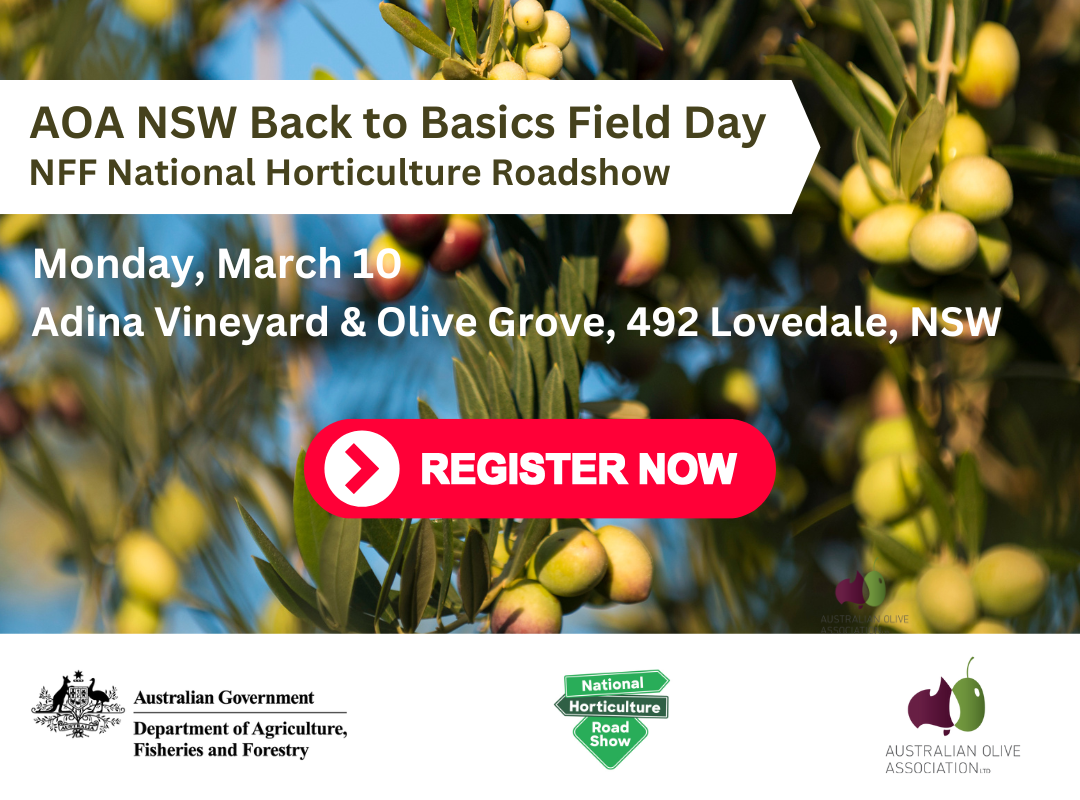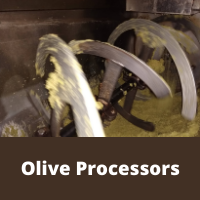New and improved Australian agricultural levies legislation has replaced the previously existing framework, making the levy system more user-friendly for participants and providing easier understanding of obligations.
More than 50 pieces of legislation governing over 110 levies and charges, relating to 75 commodities and 18 bodies that receive levies, have been streamlined into five Acts and subordinate regulations and rules. The new Acts enable the imposition, collection and disbursement of levies, and disbursement of matching payments to research and development corporations (RDCs).
The new legislation is the result of extensive consultation by the Department of Agriculture, Fisheries and Forestry (DAFF) over several years, including consultation on draft versions of each levy and charge. It is more streamlined, flexible and consistent, making it easier for levy payers and collection agents to understand their obligations. It will also make it easier for industries to pursue new levies and amendments to existing levies.
Key features of the new legislation
Key features of the levy system remain the same. There is no change to existing levy rates, the bodies that receive levies, or the purposes for which levies can be established and used.
Changes to Commonwealth matching funding arrangements mean consistent requirements across RDCs and more funding certainty. New statutory funding agreements have been signed with the RDCs. They will largely re-establish existing arrangements and have been updated to reflect the new legislation.
Biosecurity levies have been renamed. AHA and PHA levies are now called biosecurity activity components. EADRA and EPPR levies are now called biosecurity response components. These components will continue to be disbursed to AHA and PHA.
Commencement dates
While the legislation came into effect on 1 January 2025, it does not immediately apply to all levies. For example, levies that operate on a financial year system will start on 1 July 2025, ensuring that functions that operate annually will continue without interruption. The new legislation for the olive levy will commence on 1 October 2025.
DAFF is currently updating the Levy Guidelines to align with the new legislation, with an updated version expected to be available in early 2025.
Find out more
You can access the new Acts here:
- Primary Industries (Excise) Levies Act 2024
- Primary Industries (Customs) Charges Act 2024
- Primary Industries (Services) Levies Act 2024
- Primary Industries Levies and Charges Collection Act 2024
- Primary Industries Levies and Charges Disbursement Act 2024
And find the olive industry’s levies and charges in the regulations and rules below:
- Primary Industries (Excise) Levies Regulations 2024
- Primary Industries (Customs) Charges Regulations 2024
- Primary Industries Levies and Charges Collection Rules 2024
- Primary Industries Levies and Charges Disbursement Rules 2024
- Primary Industries Levies and Charges Disbursement (Declared Bodies) Rules 2024
There’s also further information and guidance materials available on the DAFF website.



